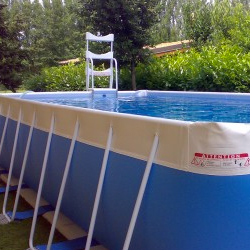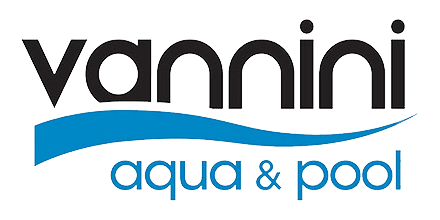Useful tips for creating your swimming pool
What to do to build a swimming pool
Unfortunately, the legislation on this matter is not clear. In most cases, a DIA (declaration of commencement of activity) is sufficient, to which, if required, the environmental authorisation must be added.
However, each case must be considered individually because, as we said before, the rule is not clear and unambiguous. This means that each municipality, even within the same region, may require different permits and documentation.
This is why the right time to start "moving" for the purchase of a swimming pool is autumn or at most winter. In this way, it will be possible to use the pool and the adjacent garden by the following summer.
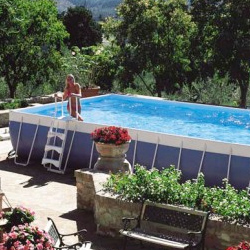
Where to place the swimming pool
Our advice for the construction of the swimming pool is to position the pool as much as possible in full sun, away from trees or hedges. The swimming pool can also be built on a terrace or indoors. In indoor installations it is advisable to provide for heating of the environment and a dehumidification system to avoid the formation of condensation which, over time, can lead to mould or incrustations on the walls.
For outdoor installations the sizes vary depending on the size of the garden. In recent years the average size of private swimming pools has changed. The most popular sizes are 3x7; 4x8; 5x10.
In the immediate vicinity of the pool it is advisable to have a paved area, approximately 1.5 metres along the entire perimeter of the pool, in this way it prevents grass or earth from entering the water, you have a comfortable sunbathing area and you also have the possibility to easily clean the edge with running water.
The paving also leaves the possibility of installing a telescopic cover on rails in the future.
What shape to give the swimming pool
The shape of the swimming pool is very important. In fact, regular shapes have undeniable advantages in terms of water circulation, the construction of all the accessories for the cover (summer tarpaulins, winter tarpaulins, telescopic covers), lighting with LED or halogen lamps and finally, but not least, the possibility of swimming correctly.
On the other hand, irregular or particular shapes have the possibility, where necessary, to integrate better with the surrounding environment. Gardens with free shapes are definitely better suited to free-form swimming pools.
Visit our store dedicated to online swimming pool sales and give yourself the swimming pool of your dreams at an advantageous price, choosing from many types and models of swimming pools!
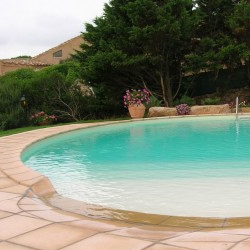
Types of swimming pools
Swimming pools are essentially divided into two types: SKIMMER or OVERFLOW EDGE.
The differences are substantial both from an aesthetic and technical point of view.
Infinity Pool
In terms of aesthetics, the INFINITY POOL is definitely more impressive. This type of pool has the characteristic of overflowing the water over the edge, where it is collected in a special channel and sent to the compensation tank (essential to maintain the pool level).
From here, it goes to the filter via a pump and then back into the pool via the return jets. This ensures greater cleanliness because the entire perimeter of the pool, by overflowing, eliminates surface pollution.
The technical difference is also substantial.
In addition to the pool, it is necessary to build a tank, called a compensation tank, adjacent to the pool into which the water from the main pool flows by overflow. The dimensions vary depending on the size of the pool in question.
The compensation tank is also where the chemicals for sanitizing the water are added, both manually and automatically.
This tank also contains all the controls for the correct functioning of the pool: automatic water reintegration, overflow, motor protection and, of course, control and dosage of chemicals.
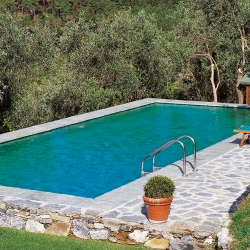
Skimmer Pool
The Skimmer pool is simpler to build and has a different visual effect.
This type of pool does not have the "overflow" of water, but uses rectangular "mouths" (SKIMMERS) placed on the sides of the pool from which the water is sucked by the pump and then discharged into the pool through return jets after mechanical filtration in the filter.
Therefore, there is no compensation tank. This makes the construction simpler and also less "bulky" and expensive.
The water level is lower than the edge of the pool, about 15 cm.
In this case too, there can be automatic or manual product dosage. In the case of automatic dosage, it is carried out on the water inlet line to the pool. Manual dosage is carried out by using the skimmers and adding the products directly into the pool.
